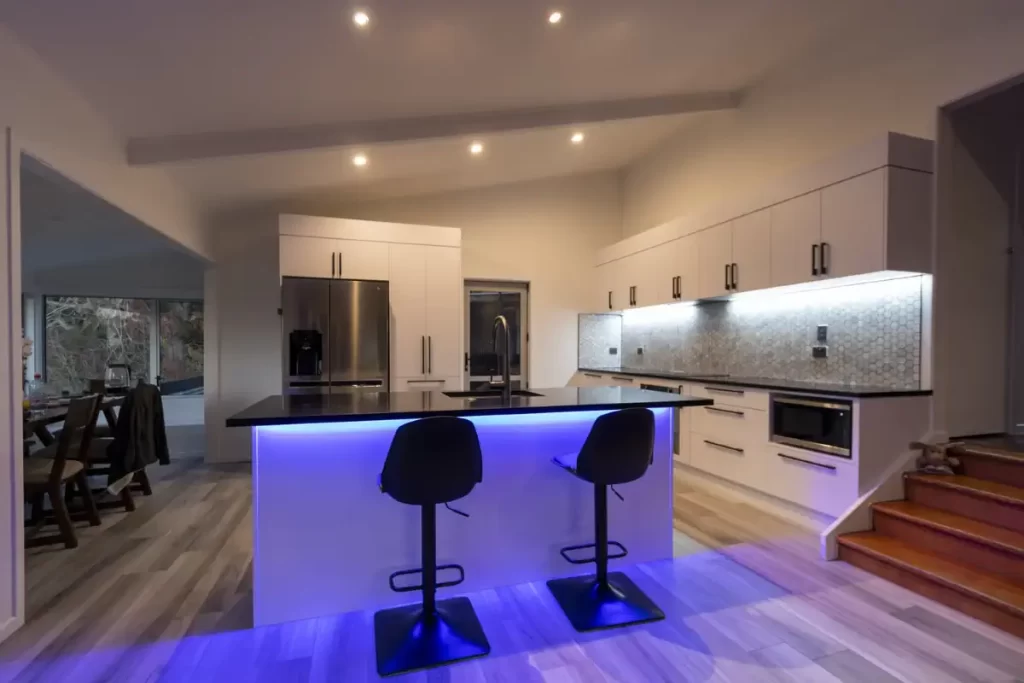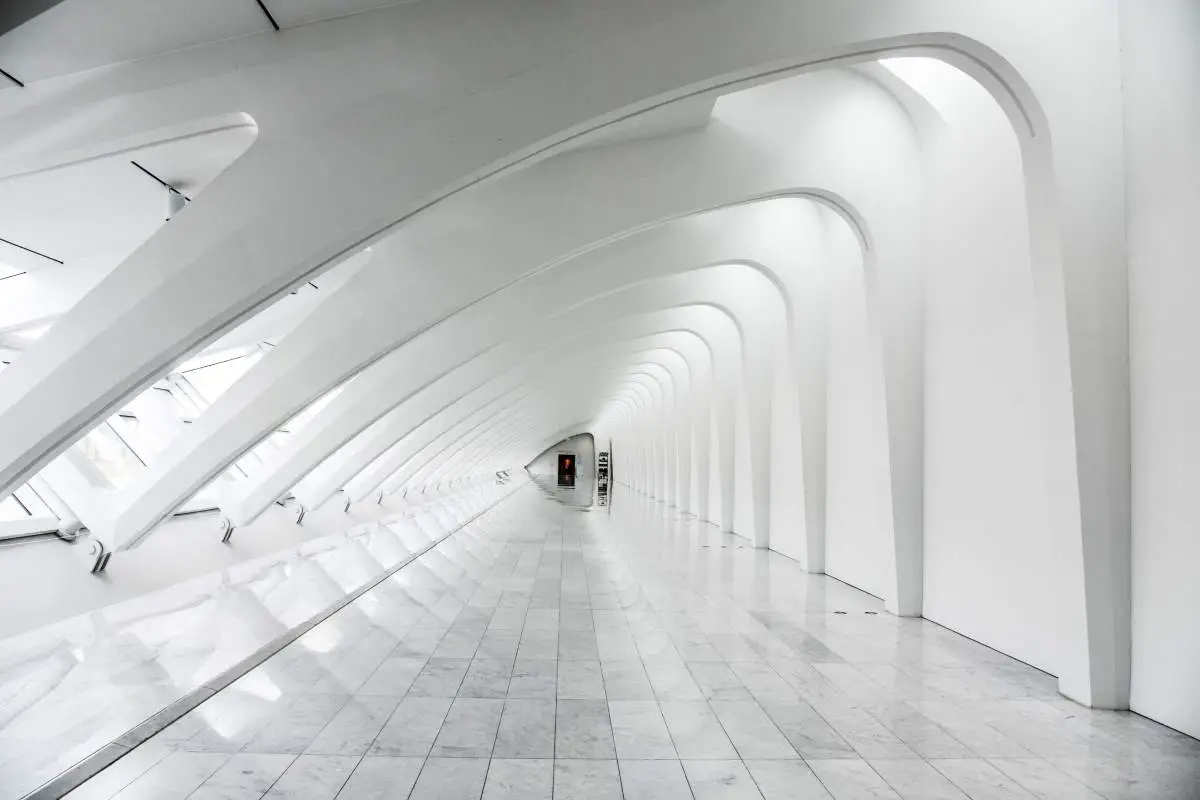Commercial buildings usually follow traditional designs that optimize their use. However, new building technologies have allowed investors and engineers to drive down the negative environmental impacts of such structures. Here are four sustainable building designs for commercial properties.
1. An Increased Focus on Efficient Lighting
Traditionally, commercial buildings contain enclosed spaces for better security and control over the goods housed within. Nowadays, better surveillance and security technologies have allowed more flexibility in building designs.
Natural light through strategically-placed windows is becoming more popular for several reasons. They help achieve a specific aesthetic objective and reduce energy consumption during the day.
One of the top sustainability strategies in the construction and design industries involves using more efficient and eco-friendly alternatives. Lighting fixtures based on LED and CFL technologies have taken over incandescent bulbs and old fluorescent lamps. While the newer lights slightly cost more upfront, they consume less energy which helps them pay for themselves in the long run.

Also, modern lamps last longer compared to their dated counterparts. For example, the US Department of Energy shows that LED lights consume 75% less electricity than incandescent bulbs. LEDs also have a lifespan of 25 times longer compared to old light bulbs.
The balance between the use of natural and artificial light sources depends on the intended application of commercial space. For daytime uses, such as stores in commercial centers, windows can provide sufficient lighting for most of the day. Meanwhile, spaces operating 24/7 will need a combination of both sources.
2. The Use of Sustainable Construction Materials
Aside from the continuing use of concrete, wood, and bricks in construction projects, sustainable alternatives are gaining popularity as building materials. Buildings made with these green materials reduce the demand for traditional materials, allowing the world’s wood supply, for example, to recover over time.
A good example is Enviroboard: a fire-resistant fiberboard made from a mixture of different parts such as sawdust and fiber cloth. This weather-resistant material is used for linings, roofs, underlays, and even walls for water management. It is versatile and robust, making it a more reliable replacement for conventional wooden boards.
People have also started looking into the past for eco-friendly building materials. Materials such as cob, clay, and even bamboo make a comeback, finding new uses in commercial and industrial applications. These materials come directly from nature-cob combine subsoil, water, and fibrous materials like straw and reed, for example-and has little to no carbon footprint from their fabrication to the installation.

3. A Shift Toward Smarter Temperature Control
Eco-friendly materials, such as those listed above, are also popular among modern construction firms because of their natural capability to insulate. By shielding the interior space from external factors such as too much heat or too much cold, the businesses inside the commercial area would use less energy for heaters and air conditioners.
Engineered mycelium composites are an emerging cost-effective and environmentally-responsible material that is becoming commercialized in different parts of the world. The raw material for this foam and insulation substitute comes from fungus fibers that naturally run through the ground. Mycelium composites can exhibit different material properties to suit particular building needs based on their composition and the specific manufacturing processes used.
On temperature control, windows also receive increased attention, even for commercial building designs. With the discourse on climate change reaching new heights, building designs are now looking to maintain form following function in a more eco-friendly context. More than being an accent piece for a particular aesthetic, windows are essential for facilitating airflow from the outside environment. Correctly positioning and installing fixtures could also help drive down energy consumption.
4. Adopting Modular Construction Strategies
Traditional construction methods are usually associated with increased waste, longer lead times, and a higher carbon footprint. On the other hand, modular construction streamlines the process and helps you save on construction materials and labor costs from protracted construction.
Adopting a modular strategy might be perfect if you’re looking to implement a commercial building in phases, starting small and adding sections and rooms once your finances allow. By fabricating parts such as entire walls, prefabrication providers can manufacture them off-site and have them delivered to yours, leaving almost no waste products before and after the installation process.
The same modular approach offers more environmentally and socially responsible advantages for the construction firm and the property owner. A 2019 study in China revealed the benefits of modular construction in terms of formwork consumption, construction-related waste, pollution generation, and site disruption by doing away with traditional construction processes.
Creating Sustainable Building Designs for Commercial Properties
By adopting one or more considerations listed above, it is possible to create a commercial space that leans more toward environmental and social responsibility. Incorporating sustainability into design considerations such as materials, costing, ventilation, illumination, and more helps the building and its tenants in the future.
A more resilient building means less downtime and repair costs. Likewise, alternative materials are a marketing cornerstone, especially as the market is making conscious decisions to help mitigate the worsening climate change. Make sure you stay updated on sustainable trends in manufacturing and construction to explore the changing landscape ahead of your competitors.
- 4 Benefits of Reducing Carbon Emissions to Businesses - July 6, 2022
- 4 Sustainable Building Designs for Commercial Properties - May 14, 2022
- How AI Plays a Significant Role in Discovering the Universe - March 23, 2022

